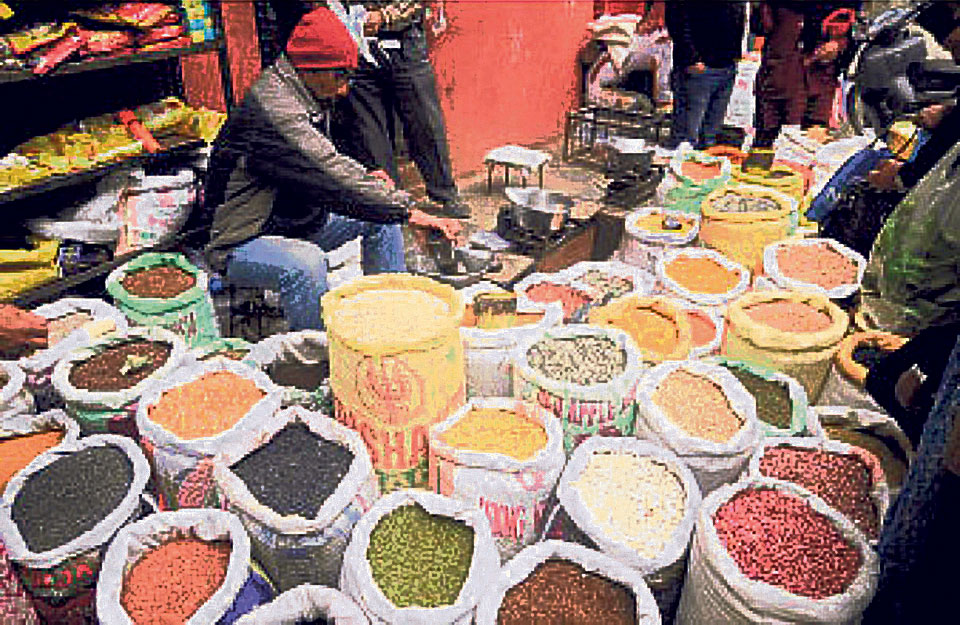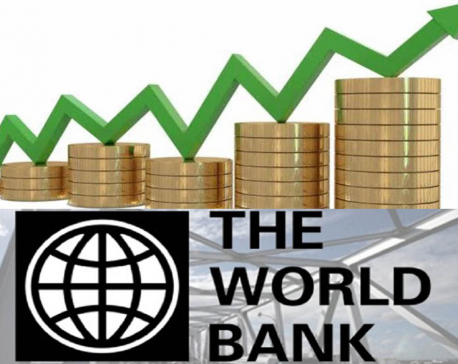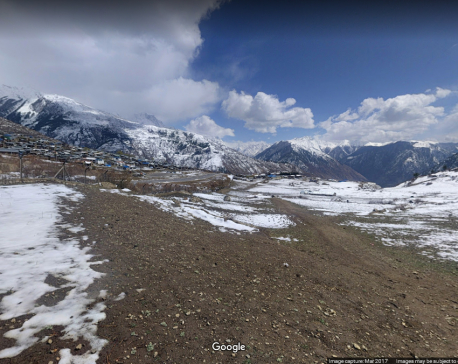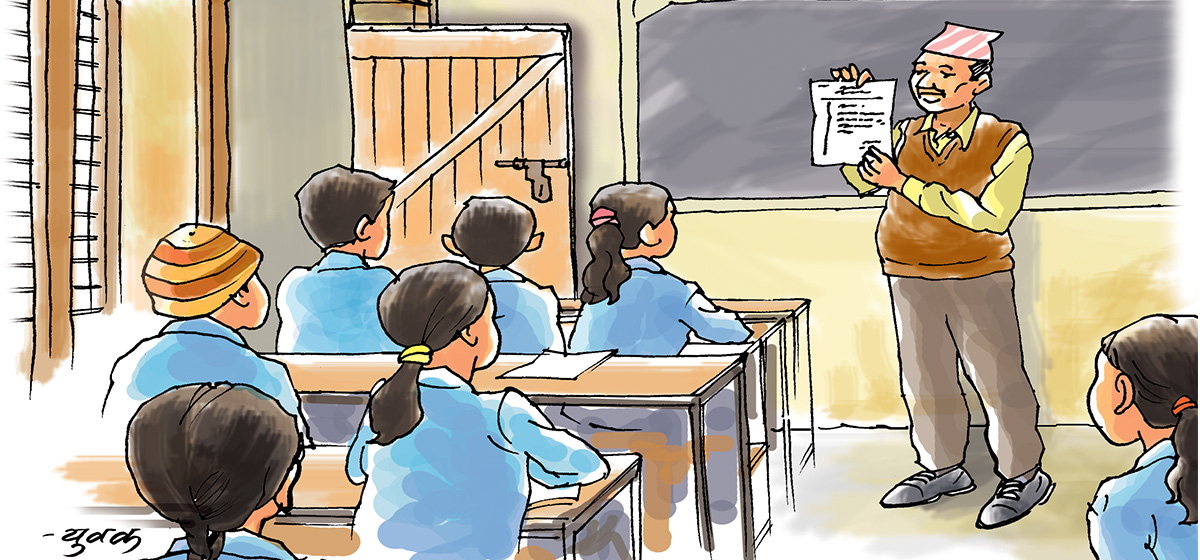
OR
Inflation moderates to 4.4%
Published On: March 17, 2019 08:36 AM NPT By: Republica | @RepublicaNepal

Vegetable, pulses and legumes, sugar prices fall to negative side
KATHMANDU, March 17: Inflation fell to 4.4 percent in the seventh month of the current Fiscal Year 2018/19 from 5 percent in the corresponding period of the last Fiscal Year 2017/18.
Inflation, as measured through the consumer price index (CPI), moderated in the review period amid a huge decline in inflation of food and beverage items.
Not only the food and beverage inflation dropped in the review period, price rise went into the negative side for some items. According to the data of the Nepal Rastra Bank released on Friday, the inflation of vegetable plunged to 11.7 percent in the negative side in mid-February from 4 percent a year ago. Similarly, prices of pulses and legumes also went down to negative 3.9 percent, while sugar and sugar products prices also fell to negative 2.7 percent in mid-February, according to the NRB.
Non-food and service inflation rate remained unchanged at 5.8 percent in the mid-February compared to a year ago.
While the prices of clothes and footwear rose to 7 percent from 6.2 percent, housing and utilities inflation dropped to 7.4 percent from 8.2 percent. Price of transportation sector rose to 6.7 percent from 1.5 percent, according to the NRB data.
The mountain region witnessed 5.3 percent inflation followed by 5.2 percent in the Kathmandu Valley, 4.9 percent in the hill region and 3.4 percent in the Terai region in mid-February 2019. These regions had witnessed 5.4 percent, 4 percent, 5.1 percent and 5.6 percent inflation, respectively, in the corresponding period of the previous year.
Meanwhile, the year-on-year CPI in Nepal (mid-February 2019) and India (February 2019) stood at 4.4 percent and 2.6 percent, respectively. These rates were 5 percent in Nepal compared to 4.4 percent in India a year ago. The inflation wedge with the biggest trading partner of the country has widened in the review period as the inflation in India has been on a downward trend in recent months.
Inflation wedge refers to difference in rate of price rise of goods and services between two countries. Higher inflation wedge means price of the same good or product would be higher in Nepal than in India. Inflation rate in India is considered to be the primary determinant of inflation in Nepal.
The NRB wants to keep inflation close to the level of India so that Nepal's competitiveness is not lost due to gap of prices with the biggest trading partner. Economists say that there is a need to bring inflation at the level of India also to maintain the sustainability of currency peg with India.
You May Like This

UML leader Basnet to Balen: Don't be pampered just because you have a few hundred fans on Facebook
KATHMANDU, August 26: While the Mayor of Kathmandu Metropolitan City (KMC), Balendra Shah, is speeding up the work to demolish... Read More...

Complete education, full health could double Nepal's GDP per capita: WB
KATHMANDU, June 7: Nepal has the potential to double its Gross Domestic Product (GDP) per capita in the long run if... Read More...

Biplav Maoists halt food supplies, Humla, Mugu under food shortage
HUMLA, Jan 21: For the past 10 days, the Biplav led Maoist faction have seized daily food supplies and 300... Read More...






Just In
- Take necessary measures to ensure education for all children
- Nepalgunj ICP handed over to Nepal, to come into operation from May 8
- Nepal to gift two elephants to Qatar during Emir's state visit
- NUP Chair Shrestha: Resham Chaudhary, convicted in Tikapur murder case, ineligible for party membership
- Dr Ram Kantha Makaju Shrestha: A visionary leader transforming healthcare in Nepal
- Let us present practical projects, not 'wish list': PM Dahal
- President Paudel requests Emir of Qatar to help secure release of Bipin Joshi held hostage by Hamas
- Emir of Qatar and President Paudel hold discussions at Sheetal Niwas



_20240423174443.jpg)









Leave A Comment